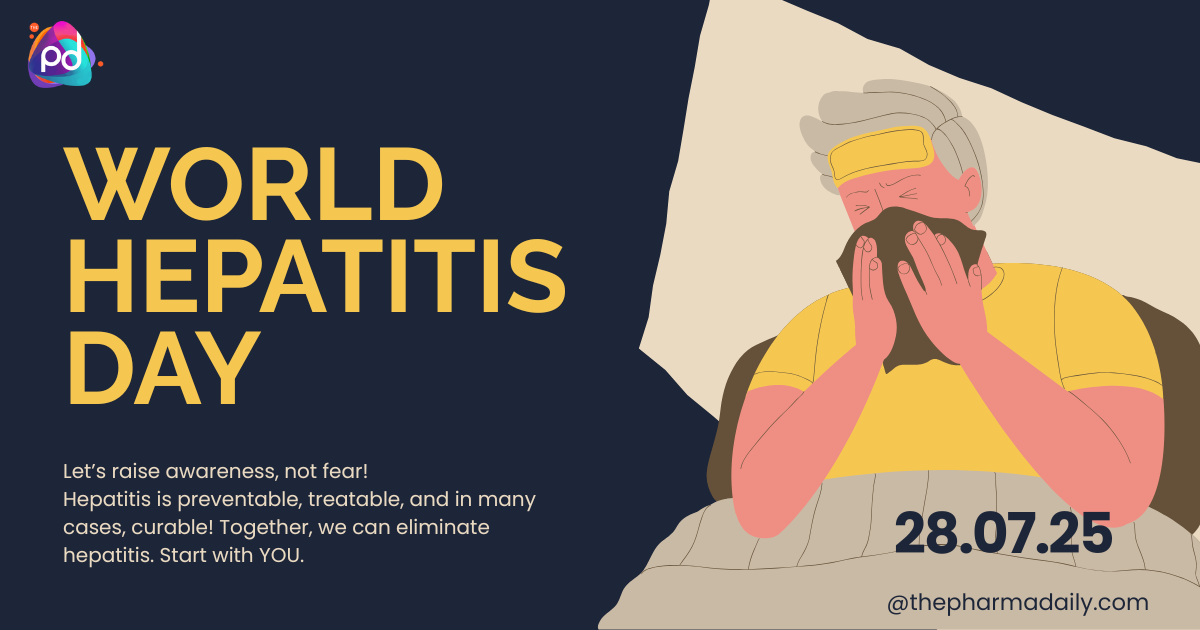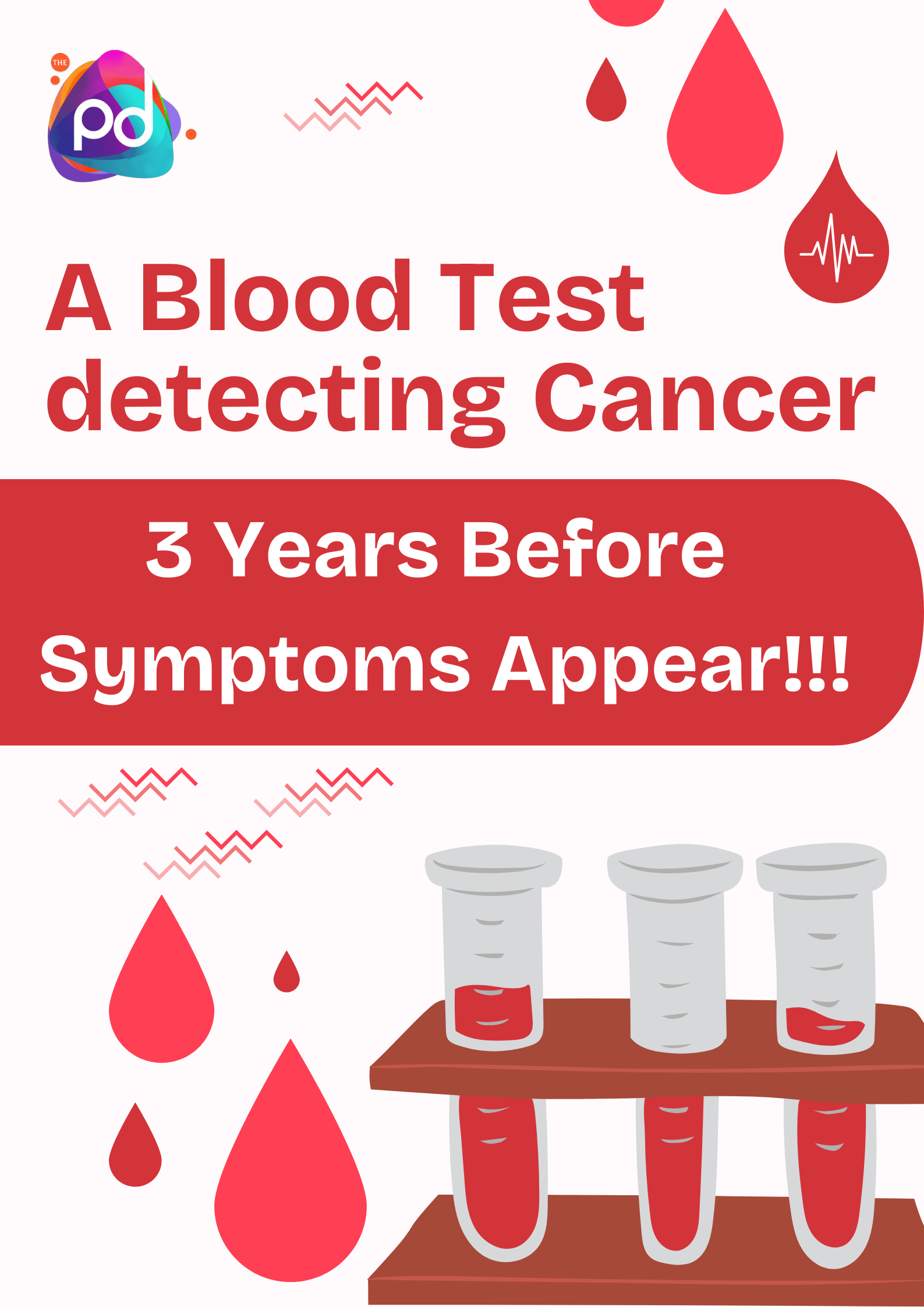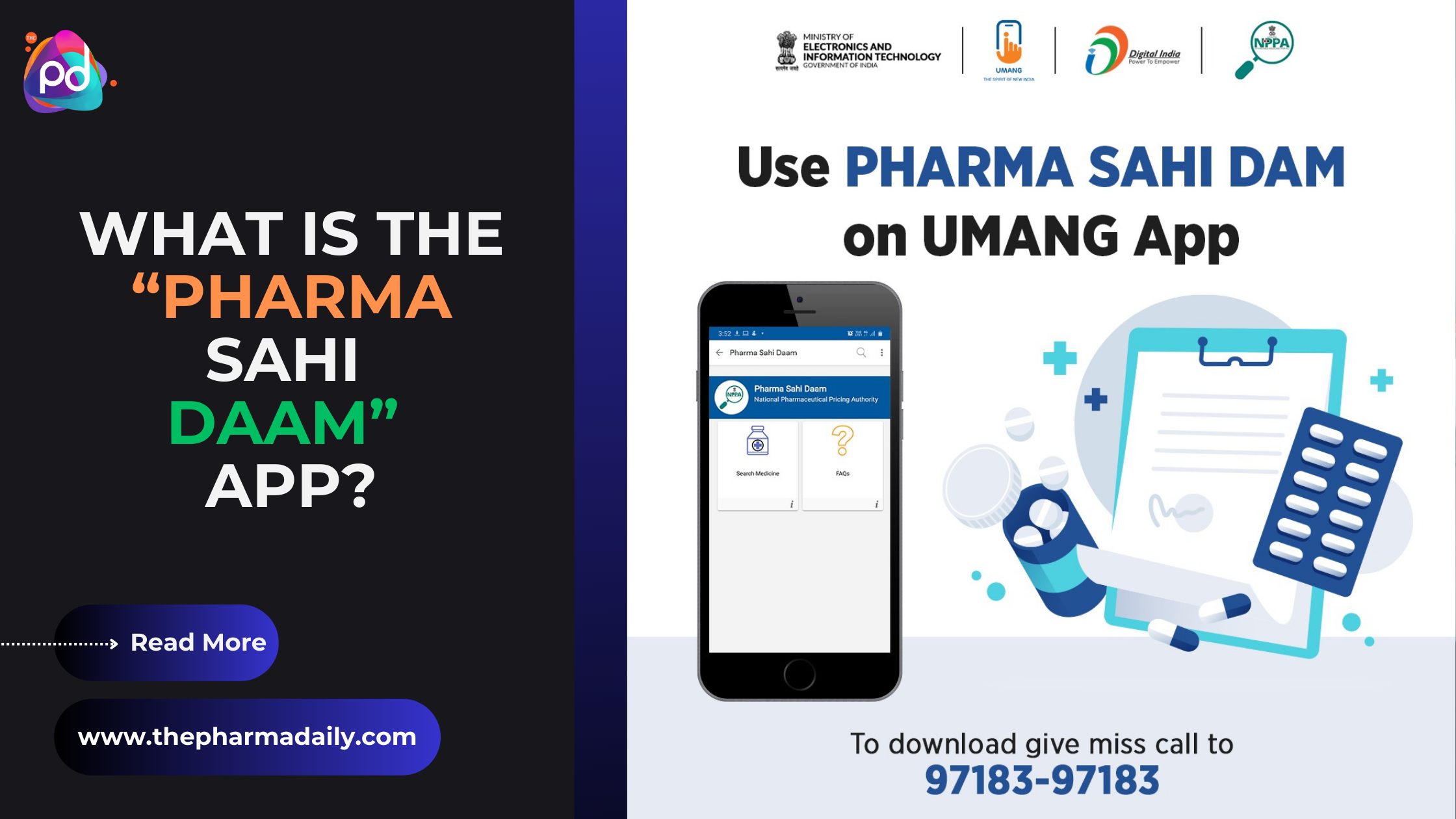World Hepatitis Day 2025 – Let’s Break It Down
Transformative Role of AI-ML in Revolutionizing
Health Economics & Outcomes Research
Introduction
The rapid evolution of artificial intelligence (AI) and machine learning (ML) has ushered in a new era of healthcare technology. Among the most impacted areas is Health Economics & Outcomes Research (HEOR), where these technologies are driving unprecedented change. This blog explores how AI and ML are revolutionizing HEOR, highlighting their applications, benefits, challenges, and future implications. Let's dive into how these cutting-edge technologies are changing the landscape of real-world evidence, patient outcomes, and overall healthcare decision-making.
AI and ML Transforming Health Economics & Outcomes Research (HEOR)
In the rapidly evolving landscape of healthcare, where data reigns supreme, the integration of artificial intelligence (AI) and machine learning (ML) technologies is reshaping the way we approach Health Economics & Outcomes Research (HEOR). By harnessing the power of AI and ML, researchers and healthcare professionals are unlocking new insights, optimizing resource allocation, and enhancing patient outcomes. In this blog, we'll explore the transformative role of AI and ML in revolutionizing HEOR, discussing key applications, benefits, challenges, and future implications of these technologies.

Understanding the Landscape: Health Economics & Outcomes Research (HEOR)
Health Economics & Outcomes Research (HEOR) plays a pivotal role in assessing the value of healthcare interventions by evaluating their clinical effectiveness, cost-effectiveness, and impact on patient outcomes. Traditionally, HEOR relied on manual data collection and analysis, often leading to time-consuming processes and limited insights. However, with the advent of AI and ML, HEOR is experiencing a paradigm shift, unlocking new possibilities for evidence generation and decision-making.
Key Applications of AI and ML in HEOR
-
Predictive Modeling:
- AI and ML algorithms excel in analyzing large datasets to predict disease progression, treatment outcomes, and healthcare costs.
- Predictive analytics help healthcare professionals tailor treatment plans, optimize resource allocation, and foresee long-term outcomes.
-
Natural Language Processing (NLP):
- NLP techniques extract valuable insights from unstructured data sources, such as clinical notes and medical publications.
- This application provides a clearer understanding of real-world evidence by aggregating information from disparate sources.
-
Economic Modeling:
- AI and ML offer robust economic models that assess cost-effectiveness and budget impact for new treatments.
- By simulating various scenarios, these models support policymakers in understanding the economic viability of healthcare interventions.
-
Real-World Evidence Generation:
- Advanced algorithms analyze real-world data from electronic health records, claims databases, and registries.
- These analyses reveal trends in patient outcomes, helping in assessing the long-term effectiveness of healthcare interventions.
-
Patient Segmentation:
- ML algorithms stratify patients based on their disease characteristics and likelihood of response to treatment.
- This segmentation ensures that healthcare resources are utilized effectively for optimal patient outcomes.
Benefits of AI and ML in HEOR
-
Enhanced Decision-Making:
- AI-driven models provide comprehensive insights, empowering healthcare stakeholders to make evidence-based decisions.
-
Personalized Healthcare:
- With predictive analytics and patient segmentation, treatments can be tailored to individuals, leading to better outcomes.
-
Resource Optimization:
- Optimized resource allocation reduces unnecessary expenditures and improves overall healthcare system efficiency.
-
Accelerated Research:
- Automated data processing and analysis significantly reduce the time required for HEOR studies, accelerating the availability of evidence for decision-makers.
Challenges of Implementing AI and ML in HEOR
-
Data Privacy and Security:
- Healthcare data is sensitive and subject to strict regulations, necessitating robust data security measures.
-
Data Quality and Standardization:
- Discrepancies in data quality and varying standards across healthcare systems can hinder the effectiveness of AI models.
-
Algorithm Bias:
- Inadequate training data may lead to biased algorithms that yield inaccurate or inequitable insights.
-
Adoption and Integration:
- Integrating AI and ML systems into existing HEOR workflows can be complex, requiring significant investment and organizational change.
Future Implications of AI and ML in HEOR
-
Real-Time Insights:
- As AI systems evolve, they will provide real-time HEOR insights, allowing for immediate adjustments to healthcare strategies.
-
Continuous Learning:
- Machine learning models will continue to improve as they analyze more data, resulting in increasingly accurate and personalized healthcare insights.
-
Global Collaboration:
- AI-enabled data sharing and collaborative analysis across borders will enhance the global understanding of healthcare economics and patient outcomes.
-
Ethical Frameworks:
- Continued development of ethical frameworks will guide the responsible implementation of AI and ML in healthcare decision-making.
Conclusion
AI and ML technologies are fundamentally transforming the field of Health Economics & Outcomes Research. By harnessing these innovations, healthcare professionals can achieve better decision-making, optimize resources, and improve patient outcomes. Despite challenges like data privacy and algorithm bias, the future of HEOR is promising, with AI and ML poised to provide real-world evidence and actionable insights like never before. Ultimately, the integration of these technologies will enable a more efficient, effective, and patient-centered healthcare system.












